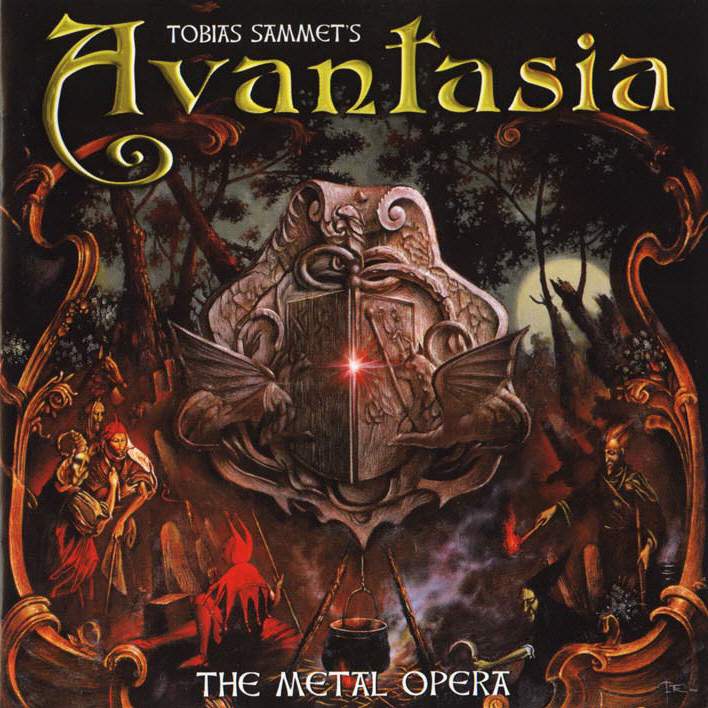
Warbreaker by: Brandon Sanderson Review
Synopsis:
Warbreaker is the story of two sisters, who happen to be princesses, the God King one of them has to marry, the lesser god who doesn’t like his job, and the immortal who’s still trying to undo the mistakes he made hundreds of years ago. Their world is one in which those who die in glory return as gods to live confined to a pantheon in Hallandren’s capital city and where a power known as BioChromatic magic is based on an essence known as breath that can only be collected one unit at a time from individual people. By using breath and drawing upon the color in everyday objects, all manner of miracles and mischief can be accomplished. It will take considerable quantities of each to resolve all the challenges facing Vivenna and Siri, princesses of Idris; Susebron the God King; Lightsong, reluctant god of bravery, and mysterious Vasher, the Warbreaker.
Review:
Lately, I've been in a reasonably pleasant mood where my mind incidentally becomes overcharged with energy. With this unused energy, I become tense and need some immediate academic outlet to exhume it from my body. In this case, writing a review of a book I had finished six months ago seemed to be the wise choice amongst many other favorable activities. "Warbreaker," has always struck me as being a divergent book when compared to other fantasy novels. First of all, Brandon Sanderson has always won my favor for including strong females who rely on their prowess and wit rather than their beautified bodies. They conceal their personal strength and intrinsic intelligence to manipulate the political happenings set before them. Working incognito allows them to bring forth more lasting results to the political arena because no one's even aware of their secret agenda. Basically, the patriarch of Brandon Sanderson's world cares more about notoriety than bringing about effective, beneficial change to their government. Similar to Elantris and Mistborn, women and men whom work about change in hiding are championed as the heroes of his story.
Wisely, though the elements of his characters cannot be purely categorized under restrictive moral definitions. Brandon Sanderson keenly pays attention to the diversified views of his characters without judgment. He allows them the opportunity to freely voice their distinct views on several issues in the book. Even things which should be overtly amoral such as the using the life force of individuals to promote several Gods' immortality appears in the book as a very complicated issue. Dissecting the various views contained in this issue requires careful attention to the various backgrounds and titles a number of characters have. Because these various elements unconsciously influence their current views on a certain issue, like taking advantage of a nation's populace to help the Gods to endure. In other words, they rely upon the life forces or breath of the citizens whom sacrifice that in order to reap heavenly rewards afterwords.
Allegorically, this book reflects the Machiavellian use of religion to assert a ruling class's power over a certain number of lower citizens. In typical fantasy fashion, the metaphysical becomes manifested and helps display this intricate relationship between politics and religion. With regards to my mention of the diverse number of perspectives, there still exists a strong moral message contained in the ambiguity of the nation's politics. As always, a few members are sanitized from the impurities of political conflict. In their arsenal lies intellectual autonomy which helps them to sift through the various layers of complex issues and focus upon universal truths to aid them in their mission.
Overall, I love Warbreaker far more than Mistborn because the story's elements are unconventional and do not use many fantasy archetypes. Additionally, the eventual story lead up to the climax contains some pivotal plot elements. Whereas Mistborn contained many unneeded plot elements that ended up bloating the book with unnecessary scenes which could have been excluded. Actually, this proves that Brandon Sanderson scrutinizes his writing and improves his writing based upon these former mistakes. Though, there still exists a band of mercenaries who are nearly indistinguishable from the ones in Mistborn. Strangely, their personas closely match each other which resulted in my own personal confusion between the two sets of mercenaries.
Even with these minor drawbacks, the story still remains a personal favorite of mine due to the creativity of the magic system, the witticism, and endearing female characters. I believe a part myself remains slightly more critical of Brandon Sanderson's writing due to my high respect for his meticulousness. He is truly endowed with a gift for writing structured fantasy tales with very interesting characters. Also, his fight scenes are actually necessary and do not exist as interim between the more important scenes of character development. A part of me envies his ability to control a myriad number of story elements and still have a book remain extremely entertaining. Perhaps envy would not be the appropriate word choice here;instead I have great respect for the author's propensity to write novels with well shaped female characters, fascinating political intrigue, mesmerizing action sequences, and personable characters. But most importantly his books are entirely free of any uncomfortable sexual elements and can be easily recommended to any type of reader. All the while, the book contains an innumerable number of layers that very few fantasy novels overlook.













